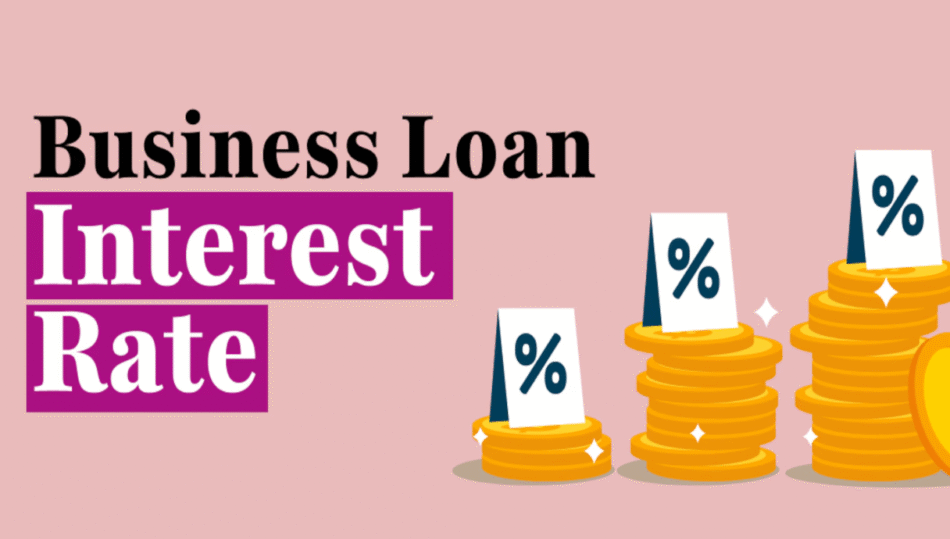Securing a Business Loan can be a critical step for growth, whether you’re expanding operations or managing working capital. However, one factor that often surprises borrowers is how much the interest rates can vary between lenders or even between borrowers. Understanding why these variations exist can help business owners make more informed borrowing decisions.
Several factors influence the Business Loan interest rate, ranging from the borrower’s financial health to market conditions. Let’s explore the key reasons behind these rate differences.
Credit Score and Financial Profile of the Borrower
A borrower’s creditworthiness significantly affects the terms they are offered. Here’s how a credit profile plays a role in determining the rate:
- A high credit score (typically 750 and above) indicates strong repayment behaviour, often resulting in lower interest rates.
- A lower score signals risk, and lenders may raise rates or reduce loan amounts to offset that risk.
- Maintaining a strong credit history with timely repayments can lead to better borrowing terms in the future.
In short, a borrower with a strong financial track record is likely to pay less over the course of their Business Loan.
Nature and Age of the Business
The age and stability of a business are crucial to lenders. Established businesses with consistent revenues and profit margins present lower risk and are often offered more competitive rates. Start-ups or newer businesses, especially those with under two years of operations, may receive higher rates or be asked to submit more detailed documentation to support their application.
A proven business model, visible through financial records, improves both approval chances and loan pricing.
Type of Loan: Secured vs Unsecured
Collateral plays a major role in determining how much a lender charges. Here’s why:
- A secured loan, where the borrower pledges assets such as property or inventory, gives lenders more confidence. This often results in lower interest rates.
- Unsecured loans, offered without any collateral, pose a higher risk and typically carry higher rates.
Choosing between secured and unsecured options depends on what the business can offer and how much flexibility it needs.
Loan Amount and Tenure
The size of the loan and the chosen repayment period also influence the Business Loan interest rate. These are the main considerations:
- Small loans might come with slightly higher rates due to higher per-unit processing costs.
- Longer loan terms may reduce monthly instalments but increase the total interest paid.
- Shorter tenures usually result in lower overall costs but require higher monthly outflows.
Understanding how loan structure affects pricing helps in selecting a repayment plan that supports both business cash flow and financial health.
Industry Risk Profile
The sector in which the business operates also affects the loan rate. Lenders assess how stable the industry is before determining pricing. Here’s how that works:
- Businesses in high-risk industries, such as seasonal retail or construction, might be charged higher interest rates due to inconsistent revenue streams.
- Enterprises in stable industries, such as education, healthcare, or FMCG, often receive more favourable terms.
Knowing where your business stands within the industry spectrum can help you anticipate loan terms realistically.
Lender’s Cost of Funds and Internal Pricing Policies
A lender’s own operating structure and cost of borrowing influence the final interest rate. Key factors include:
- Institutions with strong capital backing or access to cheaper funding may offer more competitive rates.
- Digital-only lenders might pass on savings from lower operational costs, depending on the segment and location.
- Regional differences or promotional schemes may also create rate variations, even for similar borrower profiles.
This means borrowers might get different quotes from two lenders despite having identical credentials.
Government and Regulatory Influence
External factors, especially those led by the Reserve Bank of India (RBI), affect how loans are priced:
- A rise or fall in the RBI’s repo rate directly impacts lenders’ base rates.
- Credit-linked subsidy schemes or MSME-focused lending programmes may offer subsidised interest rates for eligible borrowers.
While individual borrowers can’t control these factors, being aware of them can help in timing a loan application to take advantage of favourable conditions.
Quality of Documentation and Application Accuracy
Submitting a well-prepared loan application can influence not just approval time but also the rate offered. Important points include:
- Incomplete or inconsistent documents can create delays or trigger higher risk assessments.
- Errors in financials or KYC details may lead to conservative loan terms.
- Timely and accurate submissions signal professionalism and financial awareness.
Lenders value transparency and organisation. A clear, error-free application can set the tone for a smoother experience.
Conclusion
Interest rates are not uniform for all borrowers. Several factors, such as personal financial health and broader economic conditions, influence what terms a lender may offer. Understanding these elements can help business owners strengthen their financial profile, select the most suitable financing option, and manage repayments effectively.
It is essential, before making any agreement, to evaluate not only the interest rate but also all other associated charges and conditions. This will help in achieving long-term financial security and making well-informed borrowing choices.









